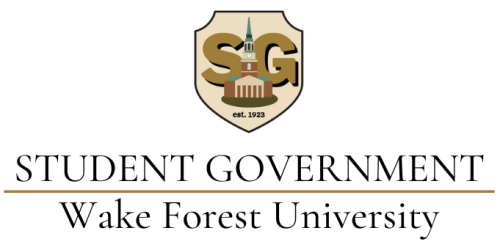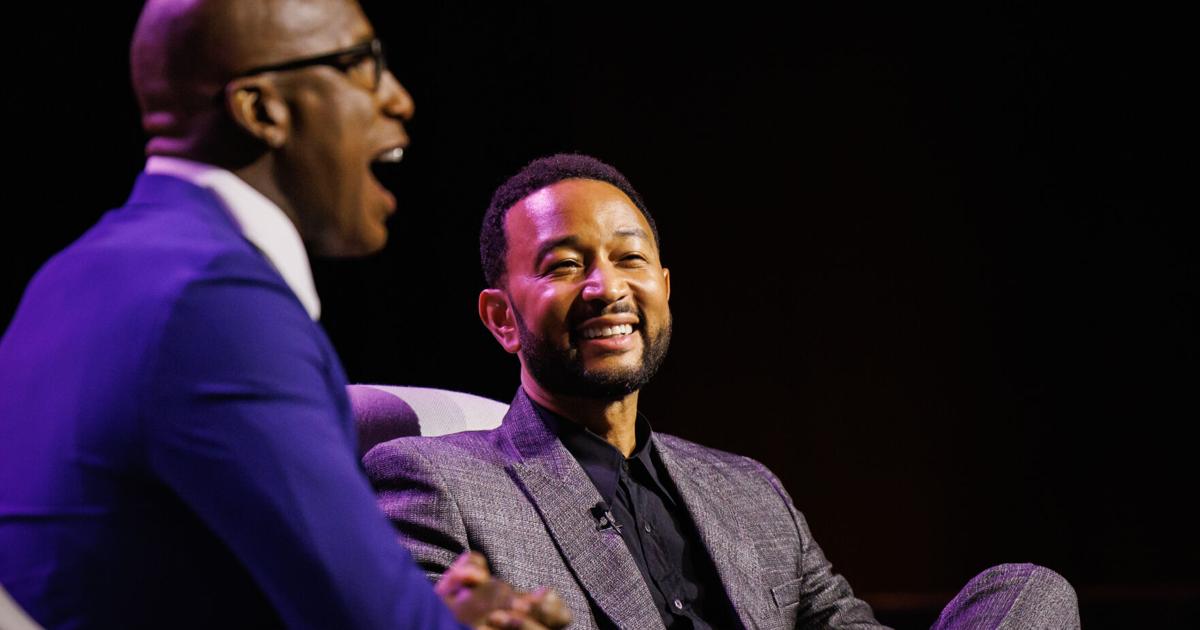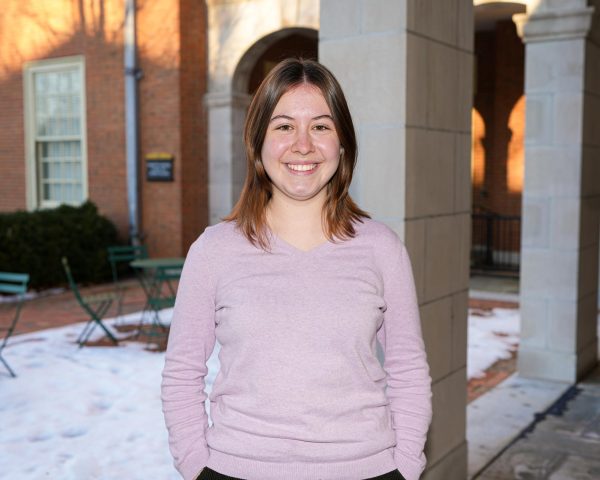On the crisp night of Sunday, Feb. 23, a smattering of shivering students and professors followed a trail of battery-powered candles along Carroll Weathers Drive. The illuminated path wove through the woods toward the University Activity Space (UAS), this year’s venue for one of the university’s most mysterious events: the Order of Twenty-Three’s biennial Masquerade Ball.
Little is known about the Order of Twenty-Three, a secret society of Wake Forest students. In a written statement, the organization explained their purpose as “fostering school spirit and recognizing excellence within the university community.” They added that students selected for membership each year “exemplify leadership, dedication to service and a strong commitment to the university’s values … [including] a passion for enhancing campus life and upholding the spirit of Pro Humanitate.”
The group orchestrates campus events like the Masquerade Ball and participates in existing traditions, such as freshman convocation, to further their mission. The Office of Student Engagement assisted in organizing this year’s Masquerade Ball, signifying official university support for the Order of Twenty-Three.
A tall individual stood at the entrance to the UAS to scan students’ DeaconOne cards. A golden comedy mask and hooded black cloak concealed the person’s identity, and they communicated only by nodding and shaking their head. Two to three figures dressed in similar attire were visible in the shadowy loft above the main event space throughout the evening, but did not come downstairs to engage with guests.
Attendees donned their best formal wear for the Masquerade. A few brought their costumes, but most received a Venetian Carnival-style mask at the door. Before long, the room became a sea of faces half-hidden with these simple disguises painted gold and silver. The Order promised “an evening filled with mystery and elegance” in their promotional materials for the Ball, but offered few details regarding what might take place. Before official programming began, the 30–40 guests mingled, enjoyed hors d’oeuvres and wondered aloud at the secrecy of the group and the event.
Junior Blake Sterling said she decided to attend the Ball after noticing signage advertising the event around campus.
“I remember [hearing about the Masquerade] my freshman year,” Sterling said. “I was regretting not going… so I dragged a bunch of my friends here. I was like, we have to go see what this is, because no one knows what the order is.”
Sterling gestured around the venue and pointed out a large flag adorned with the Order’s logo: three Old Gold I’s overlaid upon two black X’s to represent “23” in Roman numerals. “I’ve also never been to… the UAS,” Sterling said. It’s really cool. And the flag is kind of cool. Yeah, it’s kind of weird.”
Freshman Lily Caldwell attempted to research the Order of Twenty-Three before coming to the Ball, though there was little information available.
“It’s cryptic,” Caldwell said. “It looks like fun. Feels like something out of a book… I tried a deep-dive. There’s not much to deep-dive into.” Despite learning little, Caldwell was excited to be in attendance. “Wonderful food, very quiet. I like it.”
Vice President for Campus Life Shea Kidd Brown served as host and master of ceremonies. She began her remarks by noting that she “was also mysteriously invited” to the Masquerade.
“As many of you may know, I have been away from campus since November for parental leave, but I was intrigued enough by this event that I stepped out of the house to be here with you tonight.” Kidd Brown said.
Kidd Brown presented awards to four accomplished faculty members.
First, she commended Pat Lord, a teaching professor in the Biology Department, for her “[commitment] to improving scientific literacy and understanding biology through innovative teaching moments.” Kidd Brown added that she was “blown away by [Lord’s] love for students and student development.”
Next, Kidd Brown recognized Susan Navarro Smelcer, an assistant professor in the Department of Politics and International Affairs, for her extensive academic and practical career background.
Michael Grigoni, an assistant professor from the Department of the Study of Religions, received an award for his contributions to the “philosophy of science, metaphysics and epistemology.”
The final faculty awardee was Phoebe Zerwick, the director of and associate professor of practice for the Journalism Program. Kidd Brown emphasized Zerwick’s own investigative journalism experience and dedication to mentoring students.
Kidd Brown next presented the Kenneth A. Zick Scholarship to junior Chase Clark in recognition of Clark’s leadership on campus and the broader community. Clark serves as a resident advisor, the president of the Black Student Alliance (BSA) and leads a nonprofit, Chase’s Chance, through which she has fundraised over $300,000 to support diversity, equity and inclusion efforts.
Kidd Brown proposed a “toast to excellence, scholarship and the spirit of Pro Humanitate.”
While consistently dignified, the unusual ceremony of the Masquerade did not lack for amusing moments. At one point, while presenting the awards, Kidd Brown’s mask slipped and obscured her vision. “I just realized that when you’re reading with a mask, you have to be very intentional,” she said, sharing a laugh with the audience.











